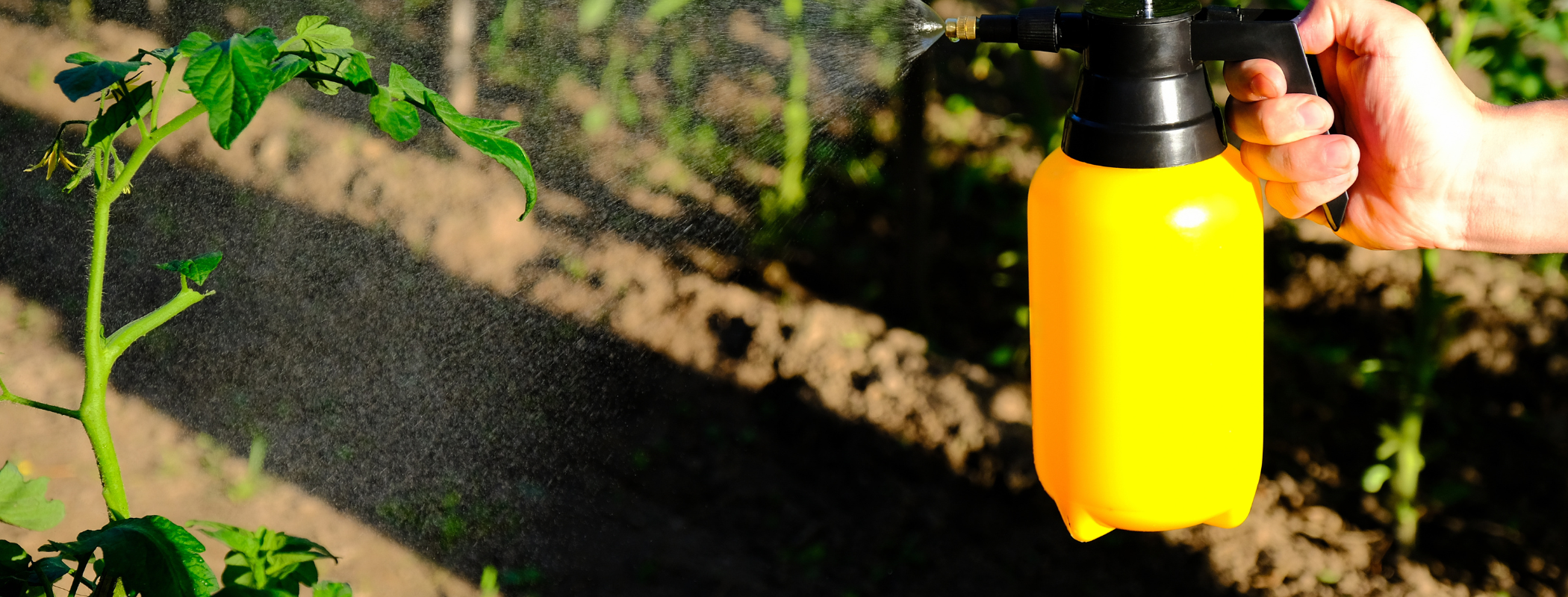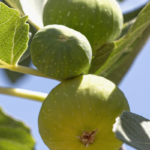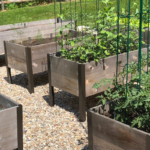Pests and disease on garden plants are a pain to deal with. Thankfully, having the right fungicide can help eliminate pesky insects and illnesses so that you can enjoy your plants once more.
But it can be difficult to tell the difference between the many types of pesticides and fungicides on the market; their ingredient labels are full of hard-to-read chemicals and confusing instructions. So what’s the difference between Garden Safe Fungicide 3 and neem oil? Let’s find out.
Neem oil is a single ingredient that is often used as a pesticide or fungicide. Garden Safe Fungicide 3 is a fungicide that also contains other ingredients. Fungicide 3 is carefully formulated to include the correct amount of neem oil, while neem oil itself must be diluted before it can be used on plants.
Keep reading to learn more about the difference between neem oil and Garden Safe Fungicide 3.
The Difference Between Garden Safe Fungicide 3 And Neem Oil
Garden Safe Fungicide 3 and neem oil are very similar: in fact, the only specified ingredient in Garden Safe Fungicide 3 is neem oil, making up 0.09% of the ready-to-use product. The remainder of the ingredients are simply listed as “other ingredients.” The only real difference between Garden Safe Fungicide 3 and neem oil is that Garden Safe Fungicide 3 includes other ingredients, while pure neem oil does not.
Should You Use Garden Safe Fungicide 3 Or Neem Oil On Your Plants?
Whether you should use neem oil or Garden Safe Fungicide 3 on your plants is a personal decision. However, there’s one thing to keep in mind: if you decide to use pure neem oil on your plants, you’ll need to dilute it with water and dish soap first. Applying pure, undiluted neem oil on your plants can burn their leaves and cause permanent damage.
Garden Safe Fungicide 3 is pre-diluted and is safe to use in organic gardening, but the majority of its ingredients are unknown. Diluting neem oil yourself is an easy way to know which ingredients you’re using on your plants, but it requires precise measurements of water and liquid soap to ensure the correct solution is created.
When Is The Right Time To Apply Neem Oil?
No matter the type of neem oil solution you decide to apply to your plants—Garden Safe Fungicide 3 or your own pre-diluted solution—it’s important to apply it at the right time. Neem oil can damage plants when applied incorrectly, so here are a few tips on when you should spray it on your plants:
- Test the neem oil solution on a small portion of the plant. While neem oil is typically safe to use on all plants, you should apply it to a small section to see how the plant reacts before applying it to the entire plant.
- Don’t apply the neem oil when temperatures are above 90 degrees Fahrenheit or below 45 degrees Fahrenheit. Extreme temperatures can increase the chances of the plant’s leaves being burned.
By following these tips, you’ll be able to keep pests and diseases at bay so your plants can grow strong and healthy all season long.



